Mozambique: Maputo National Park reinforcing 145 km of fence to prevent elephants from escaping
Mozambique urges collaboration to ensure lasting marine landscape conservation
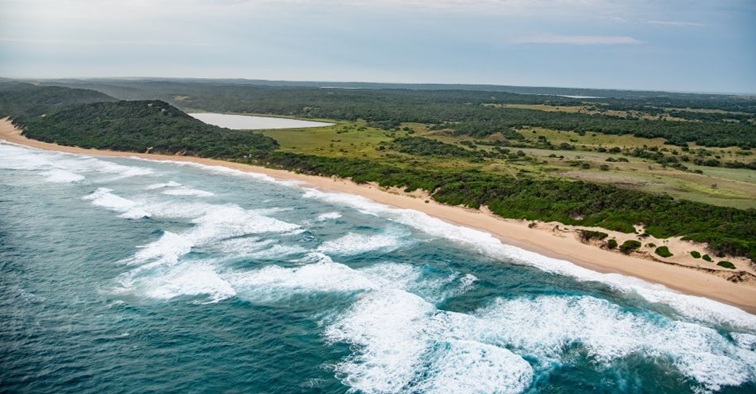
FILE - For illustration purposes only. Maputo National Park. [File photo: Peace Parks Foundation]
Mozambique on Friday called for continued collaboration, the identification of joint opportunities, and action to achieve concrete, lasting results in the conservation of seascapes, as more than 60% of the population depends on coastal resources in the country.
“We reiterate our call for continued collaboration, the identification of joint opportunities and collective and individual action, so that we can achieve concrete and lasting results in the conservation of marine landscapes,” said the director-general of the National Administration of Conservation Areas (ANAC), Pejul Calenga, during a workshop on Blue Carbon in Maputo.
According to Calenga, more than 60% of the Mozambican population lives in coastal areas and is “highly dependent on coastal and marine resources and ecosystems” for subsistence and income.
According to the director-general of ANAC, mangroves are also a favoured habitat for populations, as they serve as breeding grounds for marine species, “making them crucial for food security and income generation”.
“We’d also like to emphasise here that from our assessment or the research we’ve been doing, we’ve also been able to notice that the high rates of mangrove degradation are precisely located around the main cities, we’re referring here to the cities of Maputo, Beira, Quelimane and Pemba,” he added, noting that the causes of mangrove degradation are mainly anthropogenic and include cutting for wood fuel, establishing salt pans, agricultural areas, collecting stakes for building houses, among others.
Pejul Calenga emphasised that the protection and restoration of blue carbon are extremely important, as they contribute to carbon sequestration and storage. When degraded or destroyed, this marine ecosystem releases the carbon it has stored for centuries into the atmosphere and oceans, becoming a source of greenhouse gases.
“Marine protected areas are areas where human activity is regulated or limited to allow the regeneration of marine ecosystems and ensure the conservation of biodiversity. They are crucial for the health of the oceans, acting as fundamental tools for the conservation of marine biodiversity, contributing to the sustainability of resources and the resilience of coastal and ocean ecosystems,” he explained.
He also recognised that the establishment of a protection area alone is not enough to guarantee the “effective conservation” of these spaces, which is why he considers it “fundamental” to strengthen awareness, monitoring and accountability mechanisms, as well as promoting alternative means of subsistence and income generation, offering “real options for improving the quality of life” for coastal communities.
According to Calenga, while the key areas for biodiversity have increased from 29 to 34 in recent times, the country continues to face “challenges and limitations” arising above all from the growing pressure on ecosystems: “which continue to be degraded by illegal activities, disorderly occupation and the practice of intensive and unsustainable socio-economic activities”.



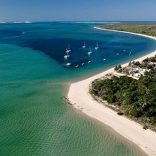


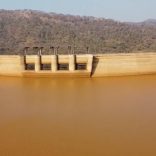
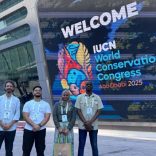


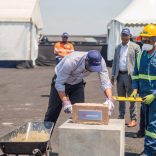
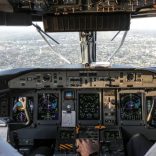
Leave a Reply
Be the First to Comment!
You must be logged in to post a comment.
You must be logged in to post a comment.